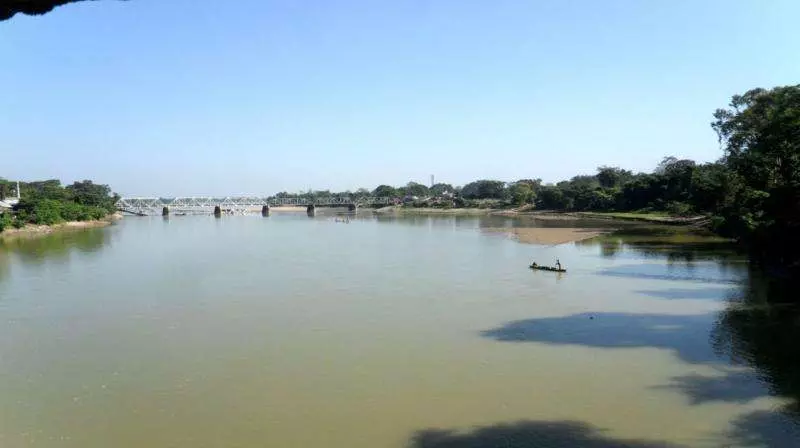After a year’s gap, China has resumed sharing hydrological data on the Brahmaputra and Sutlej rivers with India, an official of the Water Resources Ministry said.
For the Brahmaputra river, data was shared by China from May 15, while it started sharing data for the Sutlej from June 1.
The move comes after the two sides held talks over the issue in March.
Data will be shared twice daily until October.
Last year, China stopped the exercise citing that the hydrological gathering sites were washed away due to floods. It also coincided with the 73-day Doklam stand-off that took place during the peak monsoon period.
The sharing of hydrological data also coincides with the two sides agreeing to resume the annual exercise between their armies. The exercise did not take place last due to the Doklam stand-off.
The Brahmaputra originates from Tibet and flows into Arunachal Pradesh and Assam and later drains into the Bay of Bengal through Bangladesh.
“Sharing hydrological data is very important for generating information on floods for the northeastern states,” the official said.
Beijing has started providing data from three hydrological stations — Nugesha, Yangcun and Nuxia, lying on the mainstream of the Brahmaputra, also known as Yarlung Zangbo in China — and from the station at Tsada for the Sutlej, known as Langqen Zangbo, the official said.
India also pays an annual amount of Rs 1 crore to China for providing data on these two important rivers, the official added.
Interestingly, after the bilateral talks between Prime Minister Narendra Modi and Chinese President Xi Jinping on Saturday, an agreement was signed between India and China to share hydrological data for Brahmaputra.
As an independent media platform, we do not take advertisements from governments and corporate houses. It is you, our readers, who have supported us on our journey to do honest and unbiased journalism. Please contribute, so that we can continue to do the same in future.

